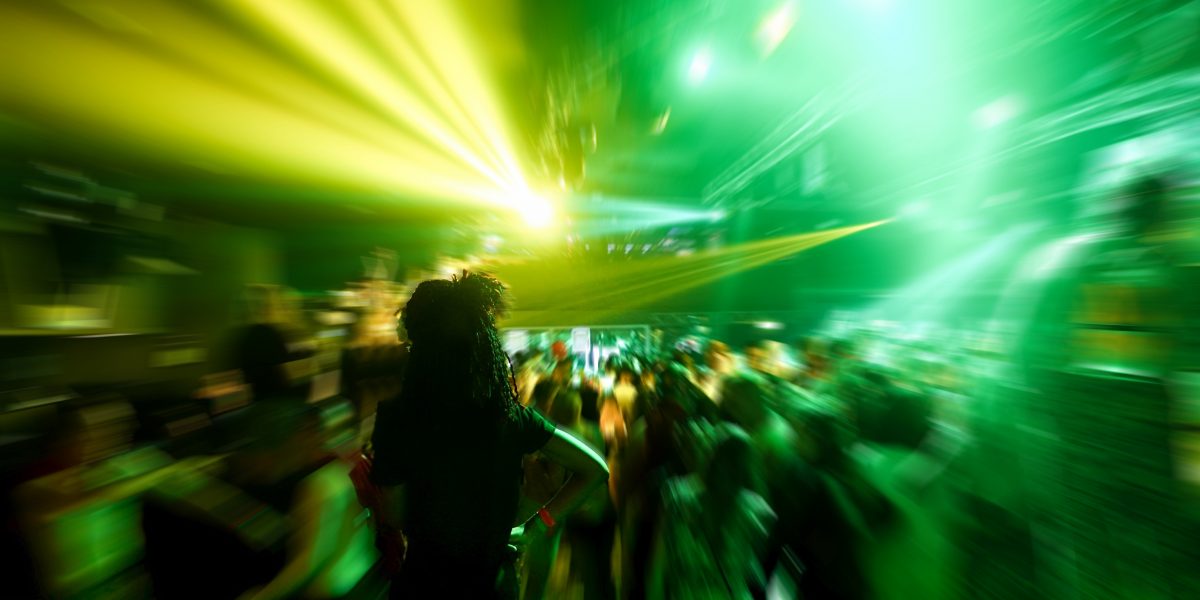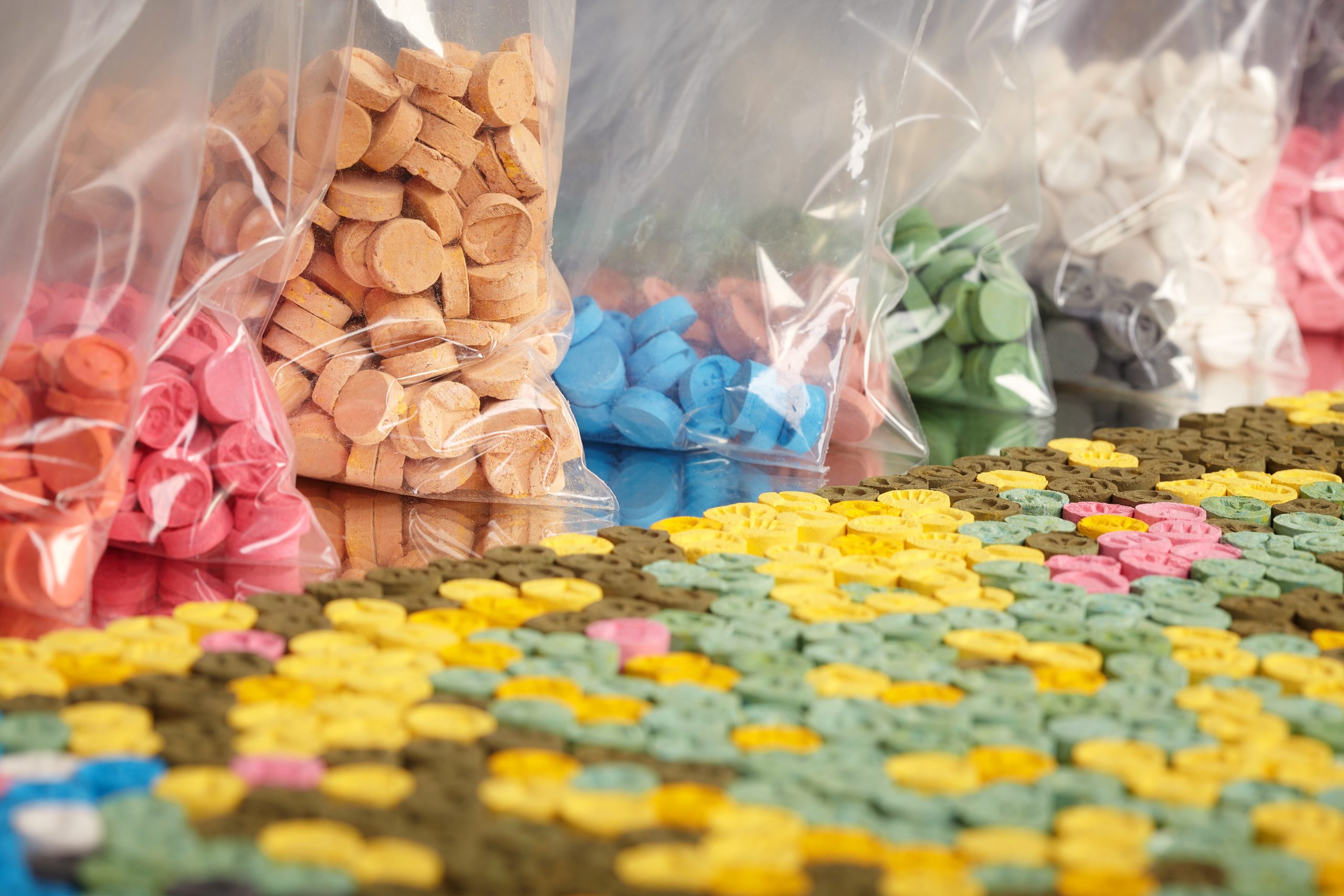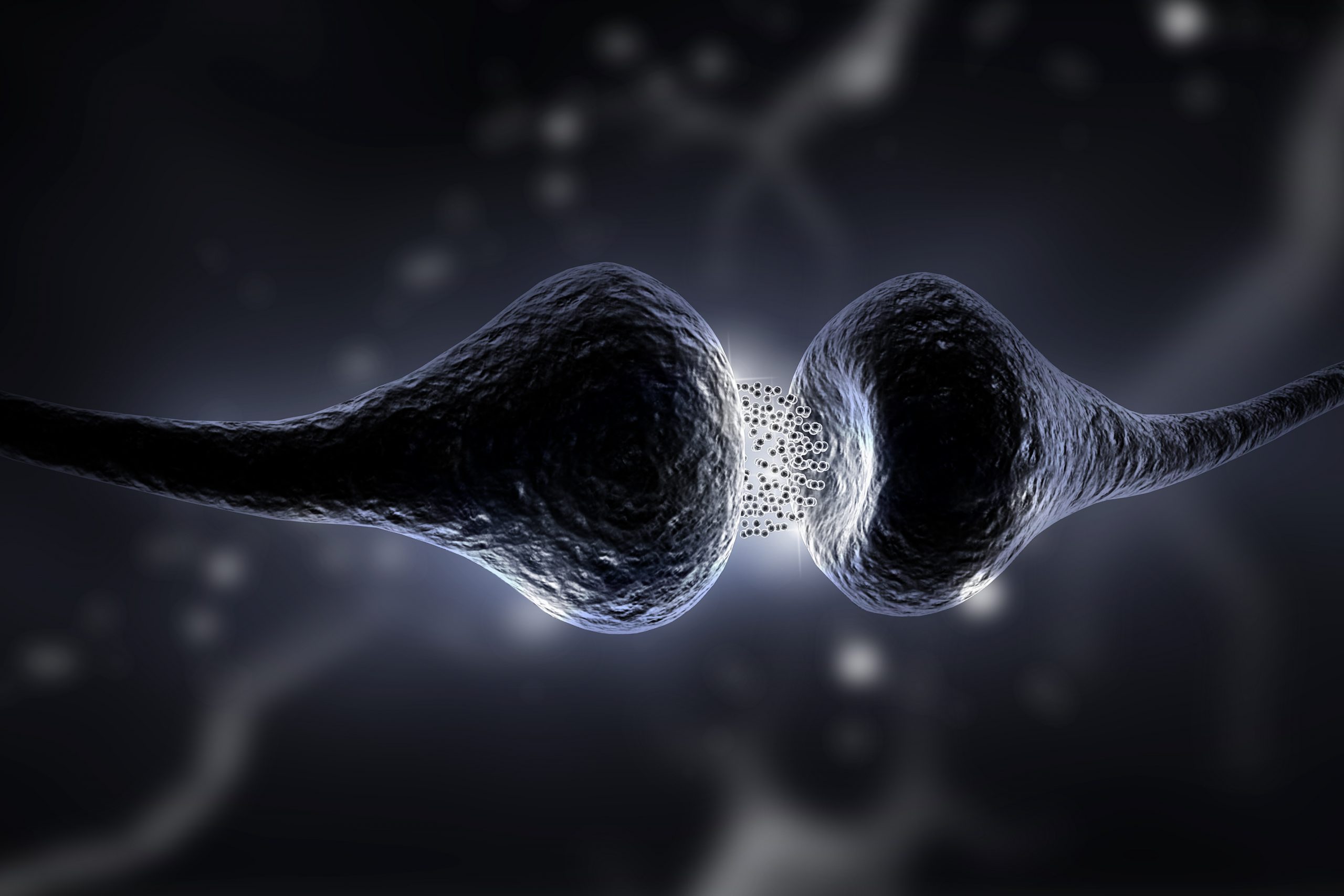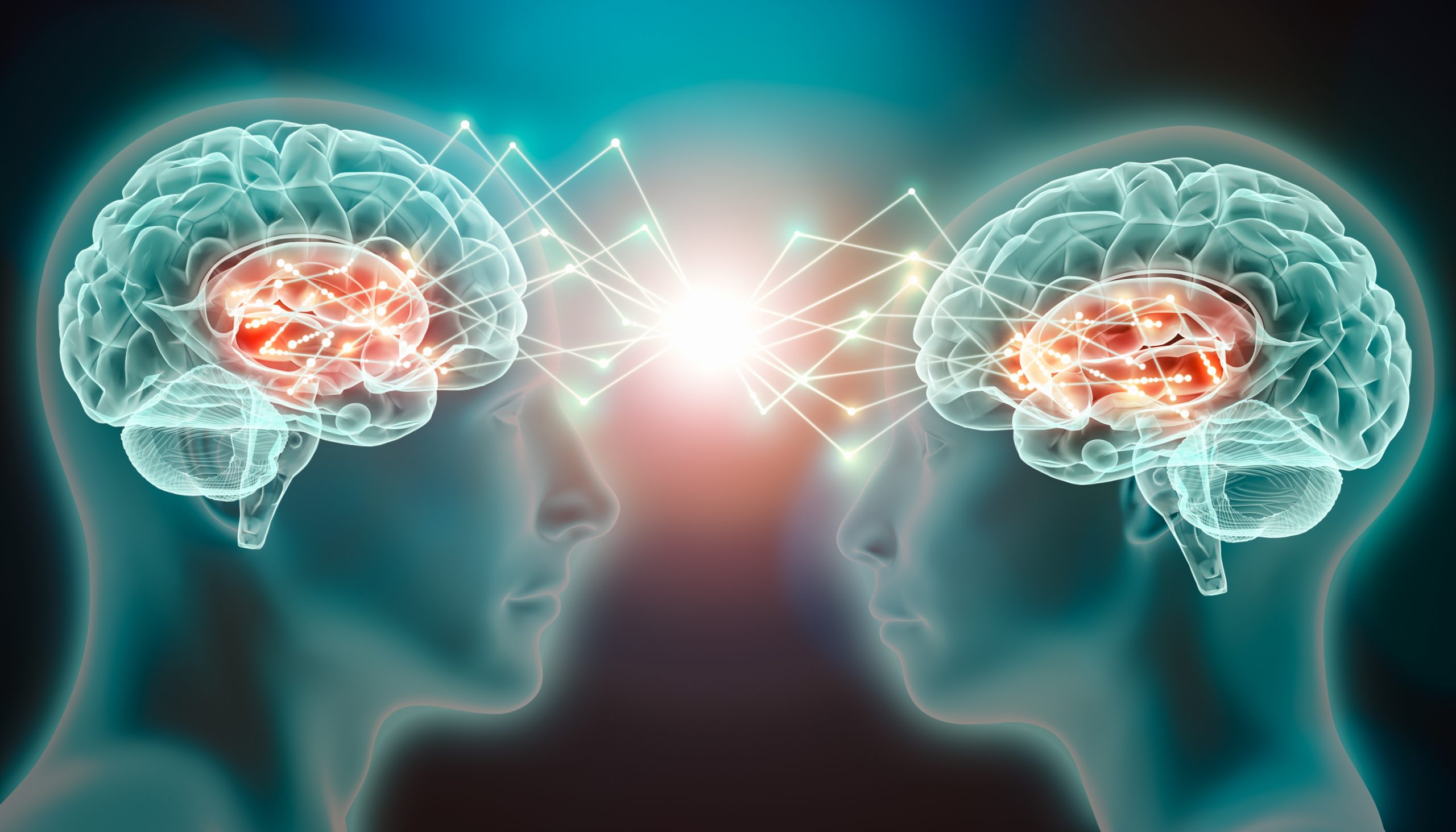
in this article
- Introduction
- The Discovery of MDMA
- Just Say: NO
- Serotonin Syndrome
- Back to the Clinics
- Personal Experience of MDMA
- Conclusion
Are you 18 or older?
Please confirm that your are 18 years of age or older.
You are not allowed to access the page.

Disclaimer: The views and opinions expressed in this article are those of the authors and do not necessarily reflect the official policy or position of the Chemical Collective or any associated parties.
Clubs and drugs go hand in hand. For decades, party-goers have gathered in dark rooms with loud music and taken chemicals to enhance their night. Alcohol was the original go-to party supplement and it is of course still the most common. Cocaine is also extremely prevalent. In the last 20 years, ketamine has found its place among the disaffected youth and now has its own place in club culture. One drug, though, has become so intertwined with electronic music that it’s now synonymous with raves the world over. Ecstasy, MDMA, Mandy, Molly, whatever you call it. Taking pills and dancing to repetitive beats has become a global phenomenon.
MDMA had humble origins. Before it became entrenched in the club scene it was in fact being used therapeutically. Harsh drug laws unfortunately put a stop to that. It was rapidly driven underground and almost vanished from our collective consciousness. But, this powerful compound didn’t stay hidden forever. Someone, somewhere realised its potential as a party drug. In the 80s it began to reappear in clubs and raves where its synergy with dance was discovered. As the years went by an enormous black market was established and it made its way into every club scene in the world. In recent times, however, questions about its value in therapeutic settings are resurfacing. The controversial substance is transitioning from techno-dens to clinics. But, where did it all begin?

In 1912 chemists working for the German pharmaceutical company, Merck, first synthesised the substance known as MDMA, Methylenedioxymethamphetamine, to give it its chemical name. It was intended as a parent compound to synthesise medications that control bleeding, not to control appetite as is often incorrectly cited. MDMA was essentially shelved by the company as they pursued other avenues. On the other side of the Atlantic, though, others were on the path that would lead to its reemergence.
Californian pharmacologist, Gordon Alles, was experimenting with derivatives of the hallucinogen, Mescaline. Incidentally, the therapeutic potential of this substance has also been neglected. Alles came across the specific psychopharmacological effects of Methylenedioxy-amphetamine, commonly known as MDA, which induced a state of intense emotion, with less hallucinatory activity and cognitive alteration than its parent drug.
With these effects established, MDA caught the attention of psychotherapists. In the early 60s, Chilean psychiatrist Claudio Naranjo began testing its efficacy to facilitate psychotherapy. Sadly, the drug was found to be potentially toxic and so the search to find a compound that could bring about the same open, emotional state, continued.
Naranjo, along with his associate, the American chemist Alexander T. Shulgin, continued diligently seeking an alternative to MDA. It wasn’t until 1977 that Shulgin introduced MDMA to the psychologist Leo Zeff, the man who discovered MDA’s toxicity. The drug was safer than its parent but had similar effects enabling them to explore and articulate aspects of their psyche that they were unwilling or unable to face under normal conditions. From a therapeutic perspective this had the potential to be revolutionary.
In 1980, Anne Shulgin, wife of chemist Alexander Shulgin, began to treat her friends with MDMA assisted psychotherapy, helping them to face their fears. She commented that:
One of the problems that most human beings suffer from is the suspicion that the core essence of who they are deep down is a monster. There is terrible fear . . . when you get down to it. . . . MDMA removes that fear.
Subsequent studies found similar results, but when the drug was made illegal in the states in the mid 80s, research ground to a halt. With its classification as a Schedule I substance, MDMA was officially cited as having a high potential for abuse and no medicinal qualities. Of course, clubbers cared little about this, ecstasy made people feel good and that was all that mattered.

In the mid 90s there was a huge anti-ecstasy push in the UK mass media. Teenager, Leah Betts, died after taking a pill at a house party and consuming 7 litres of water. Some reports suggested she had died from the effects of a ‘contaminated’ ecstasy tablet. But it was later concluded that she actually died from water intoxication.
A tragic picture of Leah lying in a hospital bed in a coma, receiving life support was widely circulated. The fact that she was a normal middle-class 18 year old caused widespread outrage. Toxicologist, John Henry, who had previously warned of the risks of dehydration when taking MDMA stated at the inquest into Leah’s death:
If Leah had taken the drug alone, she might well have survived. If she had drunk the amount of water alone, she would have survived.
Despite this conclusion, ecstasy use dropped, and many people had their perspective of MDMA permanently tainted. The viewpoint that one pill could kill became surprisingly common and still remains prevalent today.
The truth seems to be that dehydration is a genuine and well publicised risk when taking ecstasy, especially in a club setting. However, it is the fact that mainstream guidelines on drug safety are so lacking, which highlights this risk.

Serotonin syndrome is another danger associated with taking MDMA and probably the one most discussed in drug forums and harm reduction conversations. Serotonin, known as the feel good chemical, is a neurotransmitter, vital to the healthy operation of the human brain. When your body is flooded with too much serotonin, it can cause anxiety, tremors and hypertension and in severe cases, even death.
Some common prescription medications are serotonergic, and the interaction of more than one substance which affects serotonin is potentially very dangerous. Many users of MDMA claim that the risks associated with ecstasy and serotonin syndrome are overblown. This claim is unsubstantiated however, and all the evidence suggests that the substance should only be used every few months at the very most. At the very least this is a sensible harm reduction concept.
Repeated use of MDMA can also deplete endogenous serotonin levels, leading to an increased risk of anxiety and depression. The substance can cause fits and extreme agitation. This can be extremely serious and might require medical attention. High doses are usually the culprit when dangerous side effects present themselves.
If you stick to safe doses, stay moderately hydrated and look after each other when on the drug, MDMA is relatively safe. In fact, you are much more likely to end up in hospital if you have too much to drink than if you sensibly consume ecstasy on a night out. The fact that low doses are safe and can still bring about a psychological openness is why the substance is now being considered a potential tool in the battle against mental illness.

The usage of MDMA began in clinical settings, and following many years of prohibition, it has returned. Studies have been conducted on people suffering from PTSD and participants reported:
Improved self‐knowledge, sleep regulation, accuracy in perceiving mental states of others, coping strategies, emotion regulation, and cognitive insights.
In terms of PTSD, MDMA has been shown to “enhance fear memory extinction, modulate fear memory reconsolidation (possibly through an oxytocin-dependent mechanism)”. Which offers lasting relief to those experiencing long term suffering due to this condition.

New studies are looking at alcoholism. 25% of people in the UK are now considered ‘problem drinkers’. With over 100 years of traditional treatments still showing poor outcomes, MDMA is being studied as a potential alternative. Awakn Life Sciences, is carrying out the Bristol Imperial MDMA in Alcoholism Study to establish new protocols. Individuals are administered MDMA in a therapeutic setting in combination with psychotherapy and intensive integrative follow-up. Results are expected to be positive. Ultimately, researchers are hoping the treatment could “help patients process the traumatic experiences that are often the root cause of alcoholism.”
The new regulatory frameworks established by the studies into PTSD have created a potential pathway for MDMA assisted couple therapy. The drug’s unique mechanisms of action in the brain are considered potentially beneficial in the context of helping couples resolve issues. The theoretical paper linked above discusses MDMA’s impact on:
And how the substance can be harnessed to: “facilitate systems-level and interpersonal healing and growth.”
MDMA is back on the table as a psychotherapeutic tool. It seems likely that we will see it applied in many contexts where traditional treatments are ineffective. Perhaps soon, instead of being prescribed antidepressants, as a first line of defence against mental illness, MDMA will be prescribed. The party drug used to facilitate all-night raves might instead have a positive impact on the overall wellness of humanity. Were it not for prohibition, it could have been for the past 50 years.

At 16 years old I took my first pill, wandering the streets of Glasgow, drunk on cider. Needless to say, it wasn’t the most beneficial experience. But once I had taken MDMA with friends, in clubs and at afterparties, I realised it was special. Aside from giving you energy like most stimulants, MDMA imbues an intense sense of empathy.
I told my friends how much I loved them. We had heart to heart conversations that no other substance seemed to enable. This wasn’t unique to close acquaintances either, we felt the same connection to strangers. It wasn’t uncommon to find yourself hugging fellow clubbers, and sharing things you wouldn’t usually discuss. All of this culminated in feeling bonded to one another, not just in the moment, but long after the drug had worn off. Long held grudges dissipated and deeply ingrained issues from the past were discussed and resolved and this was all without the help of professionals or medical settings.
We were our own therapists, sorting out our problems on couches all over the country.
Don’t get me wrong, a lot of the time MDMA was just another tool for debauchery and madness. Our consumption got out of hand. It wasn’t all positive. The feeling of closeness endured through it all, though, and some of my fondest memories were facilitated by the drug. Of course, I can’t condone the use of MDMA at parties to resolve genuine medical ailments, that would be irresponsible, but at times it felt pretty magical.

Ecstasy will always be associated with club culture, its synergy with the scene can’t be denied. The effects which facilitate bonding between ravers are now being utilised to help people in clinical settings around the world. If you have used the drug, this potential function seems obvious. Years of illegality and scaremongering have limited our ability to study its powerful effects. It seems that soon MDMA will shake off its controversial reputation and fulfil its undoubted potential.
Dev | Community Blogger at Chemical Collective
Dev is one of our community bloggers here at Chemical Collective. If you’re interested in joining our blogging team and getting paid to write about subjects you’re passionate about, please reach out to David via email at blog@chemical-collective.com

Welcome to Chemical Collective.
Create an account to earn 200 welcome points.
Already have an account? Sign in


Check out our Community Blog and get involved with the conversation. You will be awarded 50 x ChemCoins for each comment up to a limit of 250 total ChemCoins.


Have you purchased any of our products? Reviews and reports are so important to the community. Share your honest opinion, and we’ll reward you with 50 ChemCoins for each review!


Every time you complete an order with us, you’ll be awarded ChemCoins for each Euro spent.
Welcome to Chemical Collective.
Create an account to earn 200 welcome points.
Already have an account? Sign in

Earn commission every time someone makes a purchase through your link.
When you become an affiliate, you will be allocated a unique link to share with your friends, followers, subscribers, or Aunt Susan.
You can choose to payout the commission earned once per month, or save it up to receive on a rainy day! Commission earned is 5% of the total order value per referral.
Contact us to join the Chemical Collective family and become an affiliate.
share your toughts
Join the Conversation.